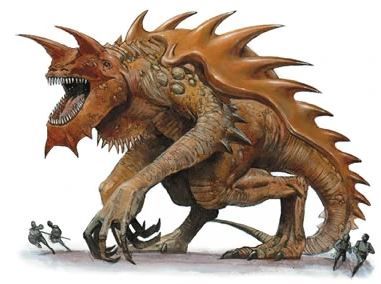Using RPGs for family behavioral health/crisis stabilization services

One question I frequently get is about ideas for effectively implementing tabletop gaming into therapeutic practice, and it is a critically important question. An effective implementation is critical to the success of the client, and as many view geek culture in a therapeutic context with a great deal of trepidation, it is imperative to look very clearly at how the intervention can be directly tied to the therapeutic goals of the service. Without doing that, it becomes very easy for critics to point out that simply playing RPGs with a client has no therapeutic function and the modality of geek oriented therapies are pointless. As such, I'd like to share two sample interventions with that highlight the utility of RPGs for both family and individual therapy services.
The context here is my work with a Family Behavioral Health/Crisis Response agency. We treat low income families with youth who have significant behavioral needs, and do so through flexible scheduling, a wraparound model, and creative approaches- as such, this has been fertile ground for me to utilize geek culture for my work, and this has been amplified by quarantine, which has forced staff to become even more creative in their approaches. Note that any interventions outlined here are fictional, but borrow from actual interventions I have been involved with, in order to focus exclusively on the implementation.
Dungeons and Dragons Family Therapy
I was asked to work with a client in foster care who often escalated during most of his interactions with his foster family, but was passionate about tabletop gaming. My first session, I introduced the youth to Dungeons and Dragons, and found out that he was familiar with it, and wanted someone to play with. After discussing it with the clinician for the case, I began to teach the client how to play, with a focus on developing self regulation tools and social skills through the art of DMing. Soon, I was able to incorporate his foster siblings and the foster parents into the lessons on how to play D&D, with the stated assumption that he would need a party to play with, and I ran my first session with the entire family. After several sessions of me running game as the DM, I discovered that the youth had started his own game on the side, and was playing with his some of his school friends and his foster siblings regularly, and able to interact without getting frustrated and escalating.
The way we incorporated our therapeutic goal was to clearly identify the way Dungeons and Dragons could be used to promote family cohesion, and strategized around some solid examples of it, ranging from goals as simple as the family sitting together peacefully for a period to specific examples in game of how they would be able to collaborate to achieve goals. I would regularly use the Goals system to identify specific behavioral and role playing goals I wanted to see from the family members that were oriented towards building communication, collaboration, and humor, and in this case, the system worked excellently. It provided each player a chance to shine, and each chance to shine required some positive interaction with someone else at the table.
Monster Fight Club
While Dungeons and Dragons generally requires a group, sometimes there are challenges where the youth in question has no ability to find peers. In this case, I was working with a youth who, for various reasons, was unable to leave his home, and was struggling with that. As such, I was tasked with providing in-person services for him to help with developing social skills, teaching self regulation, and building frustration tolerance. I discovered that he had a huge passion for Massively Multiplayer Online Role Playing Games, but due to not having a computer, he was limited in what he could play. As such, I was able to provide him with some RPG manuals, and we began creating a Monster Fight Club.
This provided a wonderful outlet for him, and he began designing dungeons and custom monsters, with the intent that once he was able to find some friends, he would be a Dungeon Master. Being a seasoned DM myself, I was able to give him pointers, and we began a Monster Fight Club, where he would select a monster, and I would be the DM as he created a hero to fight it, or we would create a gauntlet together. This created multiple opportunities to discuss accepting failure, being able to self regulate when frustrated, and working on helping him verbalize his frustration when the fight wasn't going his way. Soon, he would pull out another PC after his last one had died, and declare that a new challenger had arrived to try to defeat the Tarrasque/Gauntlet of Doom, and do so until the monster or mini dungeon had been defeated. Soon, he had found a group of people interested in gaming, and was able to put his dungeons to the test with his new friends.
What made this intervention successful was the collaboration of another staff member who graciously provided some old D&D books that he wanted to get rid of, and was able to support me in providing DM education to this youth, while also acting as a sounding board for ways to intentionally incorporate therapeutic goals into the game.
There have been other interventions that I can share, but I feel that these two examples highlight two key pieces- a focus on tying the RPG to the therapeutic goals, and the importance of staffing, both principles of effective interventions.
Hope this helps highlight some ideas for incorporating D&D into therapeutic practice. I'd love to talk shop with other mental health experts who are utilizing D&D in their practice, so please reach out to me at @rollforkindness on Twitter!